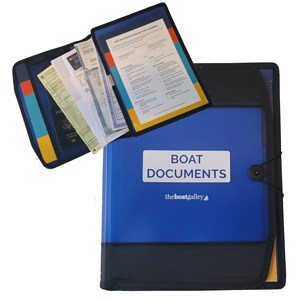Learn 3 hints for successfully bedding boat hardware with butyl tape. It’s magic – with some caveats!
Links (Amazon links are affiliate links, meaning that The Boat Galley Podcast earns from qualifying purchases; some other links may be affiliate links):
5200 adhesive (Amazon)
Dolphinite (Amazon)
Silicone sealant (Amazon)
Lifecalk (Amazon)
Life Seal (Amazon)
Butyl tape (Amazon)
Bulkhead mount compass (Amazon)
Prefer to read? Check out Three Butyl Tape Tips.
This episode of The Boat Galley Podcast is sponsored by ugo wear, ugo is the only waterproof, floating phone case using dry suit zipper technology. Invest in your safety because if you don’t protect you can’t connect! Your phone is fully functional and there’s plenty of room for your keys, cash and cards. To get the only dry bag on the market with ZERO phone fails visit www.ugowear.com and use Promo Code – BG20 for 20% off your order. ugo – Prepare For Adventure.
Click to see all podcast sponsors, past and present.
Music: “Slow Down” by Yvette Craig
Be sure to subscribe to The Boat Galley podcast to get new episodes automatically in your podcast player.







Karl says
Compass install looks great! I need to have mine repaired and I’m wondering if you are happy with the work done (and price) from the vendor you used? If so, can you share their contact info / website?
Thx.
John says
I love butyl tape, but… (1) you can make it thinner by placing it between two of the “paper strips” that it comes attached-to in the roll…and then rolling it with a rolling pin. (2) You can clean it up really nicely with mineral spirits (from your fingers…not on the boat — use the “roll a ball” method there), and (3) in 20 years, it’ll still be sticky, and the way to remove it is … slowly, on a warm day. It’s really, really viscous, so “slow” is the keyword. When you want to remove it from the back of your compass, make a paper-towel-rope by rolling up some towel, set it on the tape, and soak it in mineral spirits. Cover with some plastic wrap/masking tape. Come back the next day and you’ll be able to remove it with a plastic spatula, no problem at all. (I cleaned up the threads of about 30 #8 screws this way, after trying everything else. Time is your friend.) Also: when you install the stuff, getting it uniformly thin is a great idea, but not always practical. Instead, you can install, snug things up a little, walk away for an hour, come back and snug up a little more, etc. Think of it as “like caulk, but about 70 times slower at moving”, and you’ll have the right general idea. You can see this by making a pea-sized ball of the stuff and setting in on a shelf for a day or two. Come back, and it’ll be … well, not a puddle, but it’ll have deformed a bit. Just very slowly.